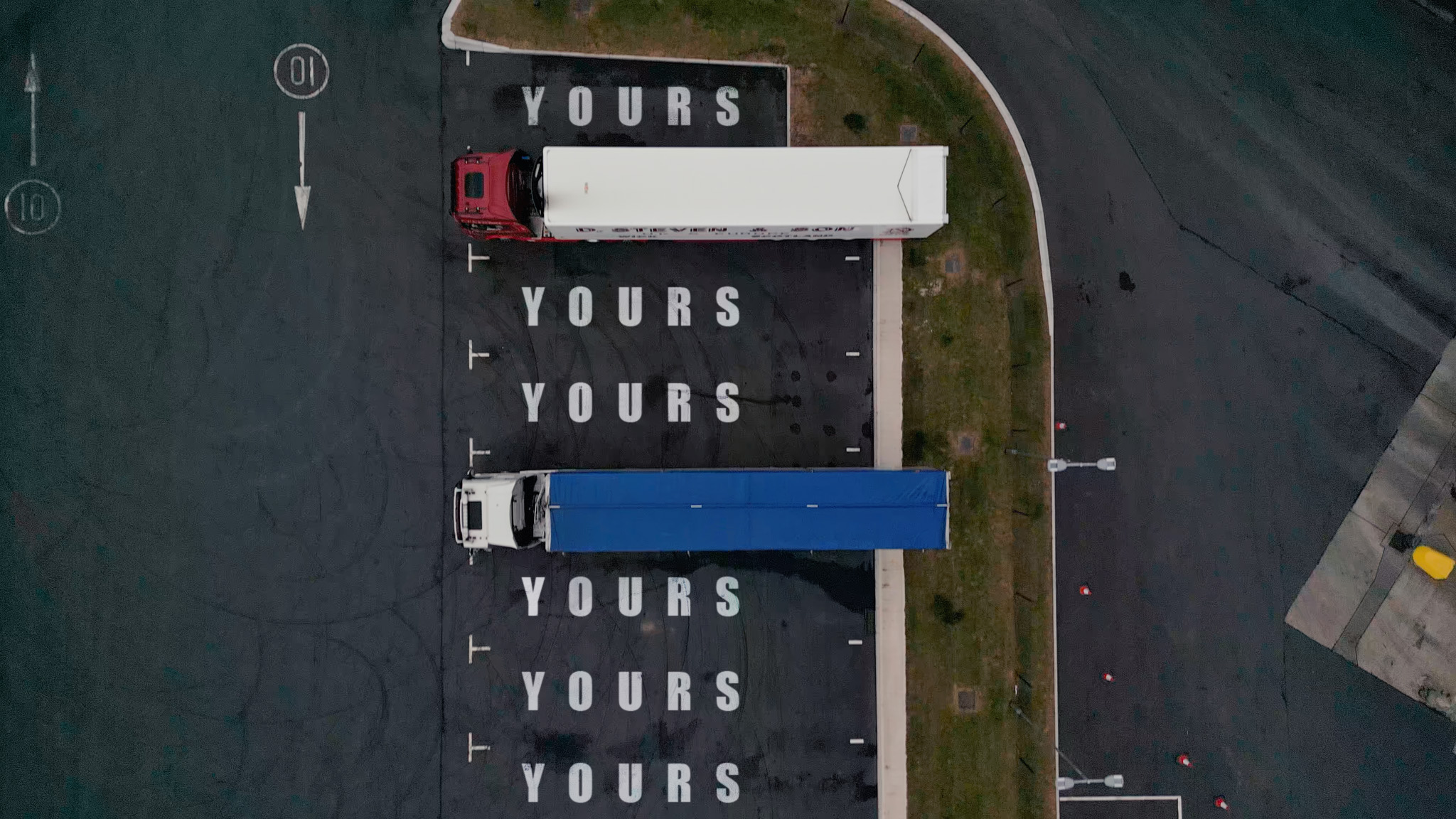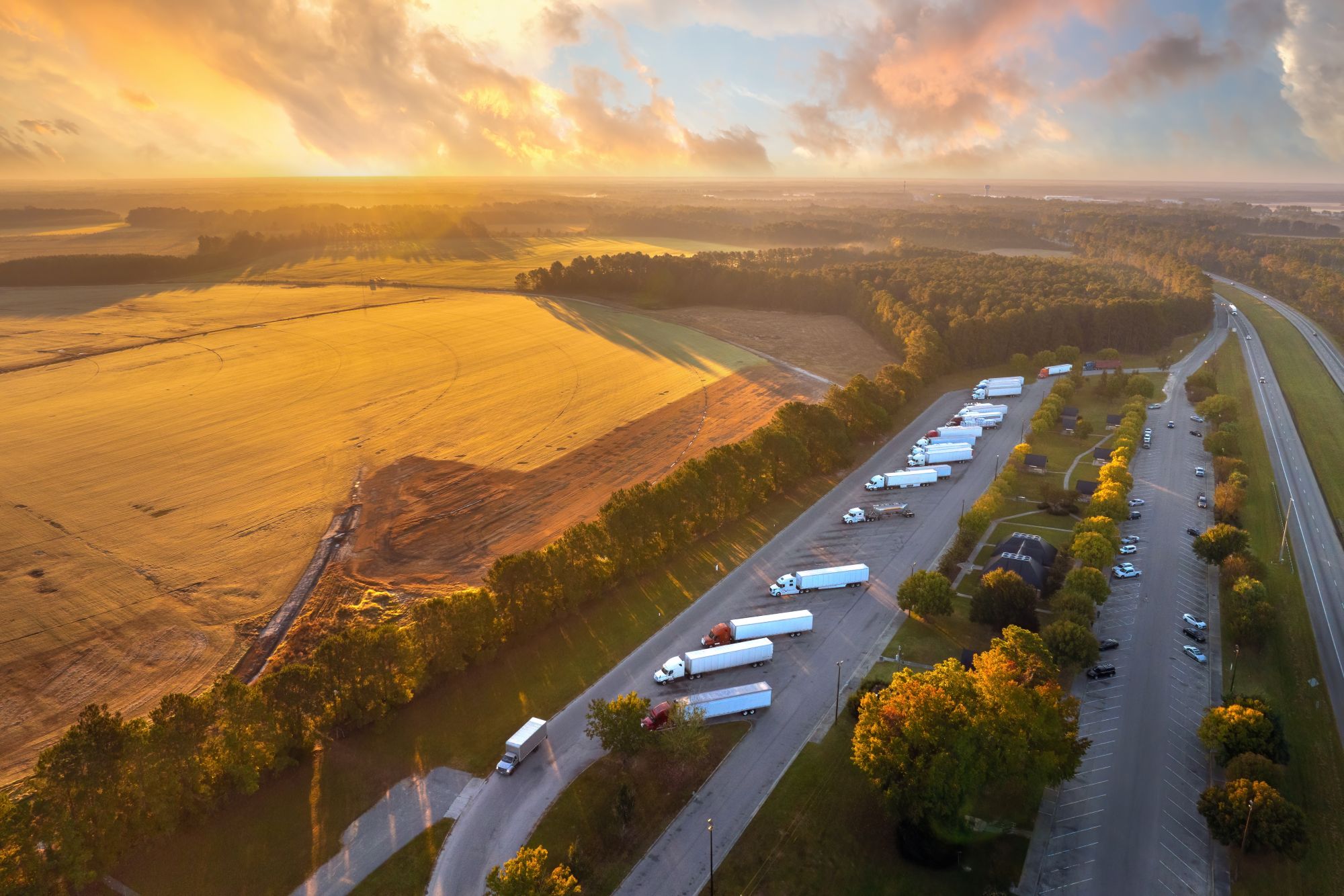
Miranda Blake
Provocări și soluții în gestionarea modernă a transporturilor
Creat: 16.12.2024
•
Actualizat: 16.12.2024
Managementul modern al transporturilor este o abordare strategică a planificării, organizării și controlului deplasării eficiente și eficace a bunurilor și materialelor de la origine la destinație. Aceasta implică valorificarea tehnologiei și a informațiilor bazate pe date pentru optimizarea proceselor de transport, reducerea costurilor și creșterea satisfacției clienților.
În acest blog, explorăm principalele provocări și soluții legate de această chestiune.
Principalele provocări
Unul dintre cele mai presante aspecte cu care se confruntă flotele este gestionarea cheltuielilor cu combustibilul. Acestea reprezintă o parte semnificativă a cheltuielilor operaționale, iar volatilitatea lor poate face ravagii în ceea ce privește procesele bugetare și rentabilitatea generală. Caracterul imprevizibil al prețurilor carburanților creează un efect de undă în întregul lanț de aprovizionare, forțând companiile să ia decizii dificile privind absorbția costurilor sau creșterea prețurilor, ceea ce le poate afecta competitivitatea. Cu toate acestea, întreprinderile avangardiste adoptă strategii de atenuare a riscurilor asociate:
● încheierea de contracte de acoperire a combustibilului pentru a bloca prețurile pentru o perioadă determinată, stabilizând astfel cheltuielile
● Investiții în vehicule moderne, eficiente din punct de vedere al consumului de combustibil, pentru a reduce consumul și costurile generale
● Explorarea surselor alternative de combustibil, cum ar fi biodieselul sau gazul natural comprimat, pentru a acționa ca un tampon împotriva fluctuațiilor prețului combustibilului tradițional
Una dintre soluții - SNAP Fuel - permite gestionarea fără probleme a combustibilului:
● Operatorii de flote pot accesa rapoarte detaliate privind cheltuielile, asigurând transparența costurilor și ajutându-i să identifice tendințele și domeniile de îmbunătățire.
● Prin parteneriatul cu Certas Energy, utilizatorii pot accesa * tarife reduse pentru combustibil*, reducând și mai mult cheltuielile.
Congestionarea traficului
O altă problemă este traficul. Pe măsură ce populația urbană crește, presiunea asupra infrastructurii existente se intensifică, ceea ce duce la probleme pe tot parcursul lanțului logistic. Întârzierile devin o obișnuință, consumul de combustibil crește vertiginos, iar costurile operaționale cresc, în timp ce satisfacția clienților scade din cauza termenelor de livrare prelungite.
Există mai multe tactici de contracarare a efectelor negative ale acestei situații:
● Utilizarea software-ului avansat [de optimizare a rutelor] (https://snapacc.com/newsroom/route-optimisation-with-fleet-management-software-snap-account/) poate ajuta la identificarea celor mai eficiente trasee, reducând timpul de călătorie și consumul de combustibil.
● Integrarea datelor de trafic în timp real în operațiuni poate permite ajustarea dinamică a rutelor în funcție de condițiile actuale.
● Elaborarea unor planuri de logistică urbană personalizate poate permite întreprinderilor să facă față provocărilor specifice orașului, cum ar fi zonele cu acces restricționat și orele de vârf ale traficului.
Întreruperi ale lanțului de aprovizionare
De la dezastre naturale la evenimente geopolitice și până la lipsa forței de muncă, întreruperile sunt o altă problemă cu care se confruntă flotele - conducând la întârzieri, costuri crescute și niveluri de servicii diminuate, punând la încercare rezistența sistemelor de gestionare a transporturilor.
Pentru a face față acestor întreruperi, organizațiile pot adopta mai multe strategii:
● Diversificare: Aprovizionarea cu materiale și servicii de la mai mulți furnizori poate reduce dependența de un singur furnizor și reduce riscurile.
● Evaluări ale riscurilor: Efectuarea regulată a acestor evaluări poate ajuta la identificarea vulnerabilităților din cadrul lanțului de aprovizionare și poate sprijini planificarea de urgență.
● Monitorizare în timp real: Implementarea tehnologiilor care oferă vizibilitate în timp real în lanțul de aprovizionare poate îmbunătăți capacitatea de reacție și poate accelera procesul decizional.

Soluții inovatoare
Pe măsură ce tehnologiile continuă să evolueze și să se integreze, acestea promit să remodeleze viitorul gestionării transporturilor, abordând probleme vechi și deschizând noi posibilități de creștere și inovare.
● Telematică: Sistemele de urmărire a vehiculelor oferă date în timp real privind locația, optimizarea rutelor și comportamentul șoferului, facilitând luarea unor decizii mai informate.
● Dispozitive IoT: Acestea pot monitoriza starea de sănătate a vehiculului, consumul de combustibil și condițiile încărcăturii, asigurând performanțe optime și siguranță.
● AI și machine learning: Prin intermediul acestora, puteți permite analiza predictivă și prognozarea cererii, îmbunătățind optimizarea rutelor și gestionarea stocurilor.
● Blockchain: Implementarea acestei tehnologii poate îmbunătăți transparența, securitatea și trasabilitatea lanțului de aprovizionare, promovând încrederea între părțile interesate.
Menținerea și formarea conducătorilor auto
Penuria de șoferi este o altă provocare a gestionării transporturilor, pe care Departamentul pentru Transporturi încearcă să o rezolve prin deschiderea unei consultări privind modalitățile de atenuare a acesteia. Am solicitat transportatorilor să își exprime opiniile cu privire la propunere pe [pagina de Facebook SNAP] (https://www.facebook.com/snapaccount). În timp ce mulți nu au comentat schema, 72,5% au contestat termenul "penurie de șoferi", catalogându-l drept alarmist. În schimb, aceștia [au enumerat mai multe motive pentru care drumarii cu experiență părăsesc industria] (https://snapacc.com/newsroom/hgv-drivers-challenge-the-term-driver-shortage/).
Prin urmare, atragerea și reținerea șoferilor calificați este în continuare foarte importantă. Guvernul a introdus mai multe măsuri, dar managerii de flote și drumarii pot lua măsuri și singuri:
● Compensare și beneficii competitive: Oferirea de pachete atractive poate ajuta la atragerea talentelor de top pe o piață a muncii competitivă.
● Aranjamente de lucru flexibile: Oferirea acestora poate îmbunătăți satisfacția la locul de muncă și poate reduce rata fluctuației de personal.
● Formare avansată și dezvoltarea competențelor: Investiția în programe continue poate dota șoferii cu capacitățile necesare pentru a excela în rolurile lor și pentru a se adapta la noile tehnologii.
O altă modalitate esențială de a păstra șoferii este de a le face munca cât mai ușoară posibil - ceea ce include plata parcării și a spălării. Din fericire, există SNAP.
Obțineți sprijin de la SNAP
Pentru a afla mai multe despre serviciile noastre și despre modul în care acestea pot ajuta la gestionarea transportului, contactați-ne la numărul de telefon +44 (0)1603 777242.



